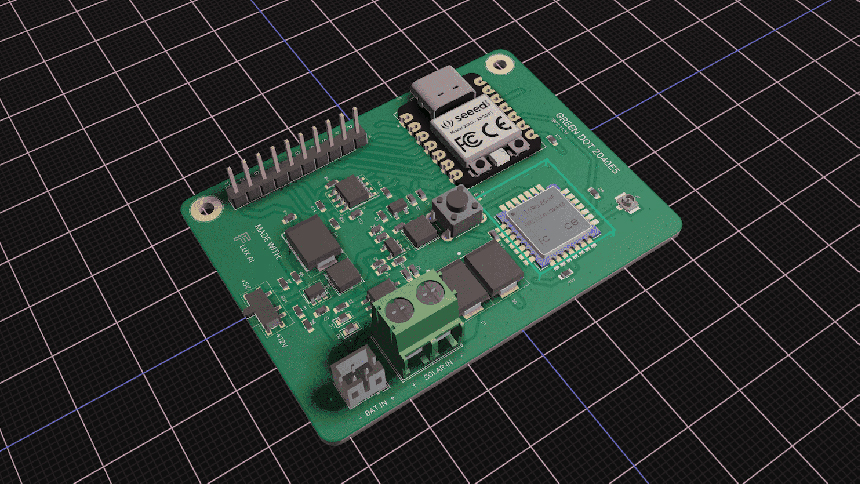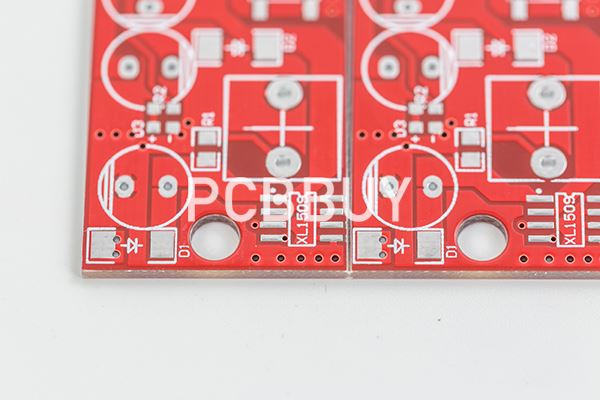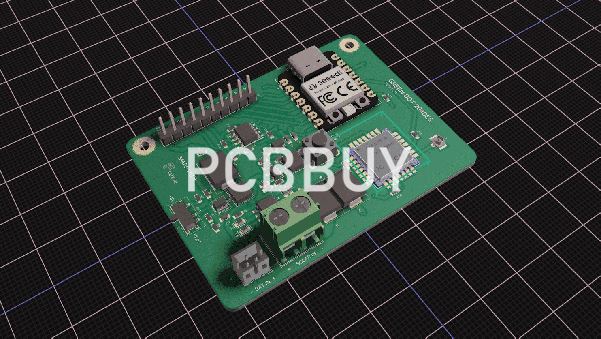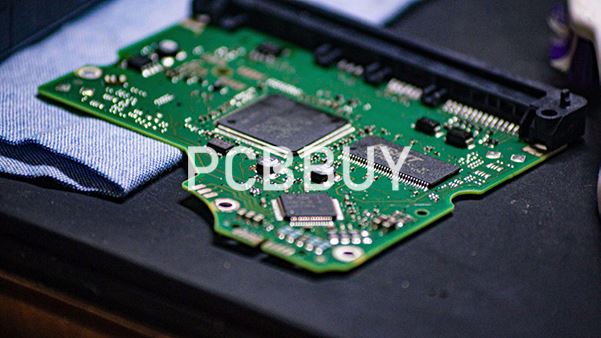What Are the Types of Environmental Testing in PCB?
By:PCBBUY 11/23/2023 11:28

Environmental testing for PCB is very important to ensure reliability and performance under viarous working conditions , such as extreme temperatures, humidity, mechanical stress, and exposure to contaminants.
In this passage, we are providing all the information about environmental testing in PCB manufacturing. If you are going to search environmental testing in PCB, please check and read the content below for more information.

What Are the Types of Environmental Testing in PCB?
Highly Accelerated Tests
Accelerated tests include highly accelerated life test (HALT) and highly accelerated stress screen (HASS). These tests assess product reliability in controlled environments, including high temperature, high humidity, and vibration/shock tests while the device is powered. The goal is to simulate conditions that could lead to the imminent failure of a new product. During testing, the product is monitored in the simulated environment. Environmental testing of electronics normally involves performing tests in a small environmental chamber.
Product engineers are sometimes reluctant to accept HALT/HASS results because the stresses placed on the system may be over-spec. In other words, they may exceed those found in the product’s envisioned environment. This has caused many engineers to refuse to fix known problems identified in HALT/HASS tests, only to have these same problems cause product failure later. An experienced CM can often identify simple design and assembly changes that can drastically extend the lifetime of your new product.
Humidity and Corrosion
Many PCBs will be deployed in a humid environment, thus a common test for PCB reliability is a water absorption test. In this type of test, a PCB is weighed before and after being put in an environmental chamber with controlled humidity. Any water that adsorbs onto the board will increase the board’s weight, and any significant change in weight results in disqualification.
When these tests are performed during operation, the exposed conductors should not corrode in a humid environment. When brought up to some potential, copper can easily oxidize, which is why exposed copper is normally plated with an oxidation-resistant alloy. Some examples include ENIG, ENIPIG, HASL, nickel-gold, and nickel.

Thermal Shock and Cycling
Thermal testing is normally performed separately from humidity testing. These tests involve repeatedly changing the board temperature and examining how thermal expansion/contraction affect reliability. In thermal shock testing, the board is rapidly moved between two extreme temperatures using a 2-chamber system. The cold temperature is usually somewhere below freezing, and the high temperature is normally above the glass transition temperature for the substrate (above ~130 °C). Thermal cycling is performed using a single chamber, and the temperature is changed by several from one extreme to the other at 10 °C per minute.
In both tests, the board will expand or contract as the board’s temperature changes. During expansion, high stress will be placed on the conductors and solder points, which accelerates the lifetime of the product and allows mechanical failure points to be identified.
Why we need environmental testing in PCB manufacturing?
Not all PCB assemblies and products require environmental testing, and it is more common in some industries than others. For example, environmental testing of PCB assemblies is a regular requirement for products intended for the military and defence industries.

In short, if your product is used in an extreme environment, such as a desert, where the days are very hot and the nights are cold, or at sea, where water-related corrosion and repeated shock are primary risks, your PCB assemblies will need to be tested under these conditions.
Does environmental testing affect PCB assemblies? No. The environmental testing process does not have an adverse effect on the appearance or performance of PCB assemblies. Indeed, should you want your circuit boards to look as nice as they possibly can, an expert contract electronics manufacturing partner should be able to offer a cleaning service, or you should be able to make use of your contract manufacturer’s cleaning process.
Crucially, it is worth finding out from a prospective contract electronics manufacturer if they perform environmental testing of PCB assemblies on a batch-testing or an all-boards basis. You should only use a partner that performs testing on all of your boards.
Industry Category











